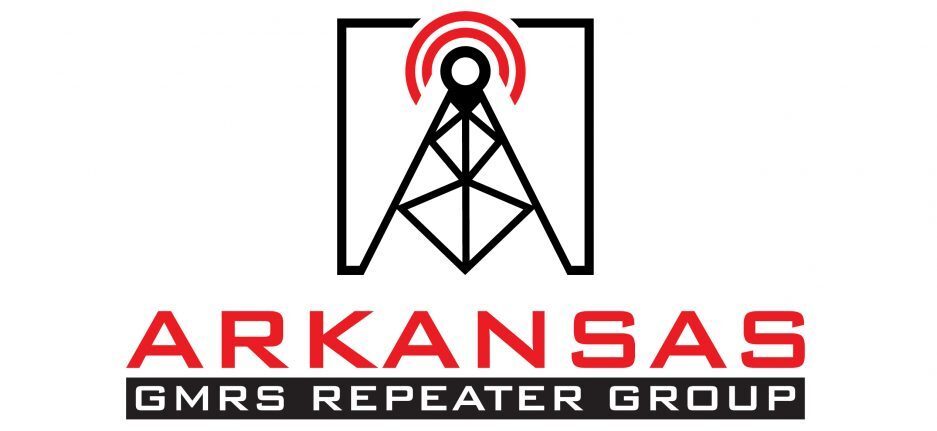- CTCSS – Continuous Tone Coded Squelch System
- 141.3Hz – An example of a CTCSS tone
- CDCSS – Continuous Digital Coded Squelch System
- D023N – An example of a “normal” CDCSS code
- D023I – An example of an “inverted” CDCSS code
- DCS – Digital Coded Squelch (another term for CDCSS)
- PL/DPL – Motorola’s terms for CTCSS/CDCSS
- QT/DQT – Kenwood’s terms for CTCSS/CDCSS
- Privacy Tone – Midland’s terms for CTCSS/CDCSS
Setting up any of these on your radio will NOT keep other people from hearing your transmissions. They ONLY allow you to filter out transmissions that you do not want to hear.
You will these terms used a LOT in the radio world. These are all forms of Coded Squelch. Coded squelch is used to minimize interference to radio systems operating on the same frequency, otherwise called co-channel transmissions or interference. Coded squelch allows a radio receiver to be configured such that it only opens up when it receives transmissions with the correct “code”. This configuration “blocks” transmissions with no code, or the wrong code, from being received. Repeater owners usually set up their repeaters to operate this way so that it is much less likely for someone to accidentally key up the repeater. It also acts sort-of like a “password” to the repeater, since anyone wanting to use the repeater must first program the correct code into their radio. NOTE: nothing about coded squelch is secure or private. Even if the squelch code is not made “public”, most radios have the ability to scan the air for whatever squelch codes are being used in seconds.
A lot of radios have the ability to encode special “bursts” into the end of the CTCSS/DCS data to tell the receiving radio to stop listening a split-second early, before the “squelch crash”. This results in a very smooth, silent, end of transmission instead of a harsh burst of noise. These are called reverse bursts, chicken bursts, turn-off codes, etc. If your radio has the option, turn it on!
NOTE: When programming Motorola radios, ALWAYS use “non-standard” (all radio compatible) reverse burst instead of “standard” (only Motorola compatible).
Repeater Listing Example
GMRS Call Sign: WRBK701 (This is the repeater owner registered with the Group)
Repeater Frequency Pair: 462.650 & 467.650 (462.650 would be the “output ” or frequency your repeater listens to the repeater on and 467.650 is the “input” or frequency you transmit to the repeater on. Just like the frequency list above)
CTCSS/PL Tones: 127.3 (TX and RX) (this is the CTCSS tone to access this repeater. You need to have 127.3 Hz programmed into the “TONE” or CTCSS/PL section of your radio programming.)
Each repeater in our group can use one channel each in your radio, especially if you have a radio that “identifies” a repeater by name on its readout. You may hear other repeaters if they have the same pair and tone (CAS700 and NWA700 for instance). You can name them regardless separately but know you may hear one on the other as you travel to those areas.

